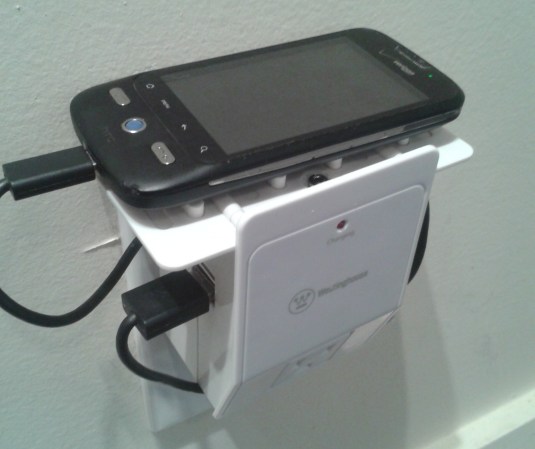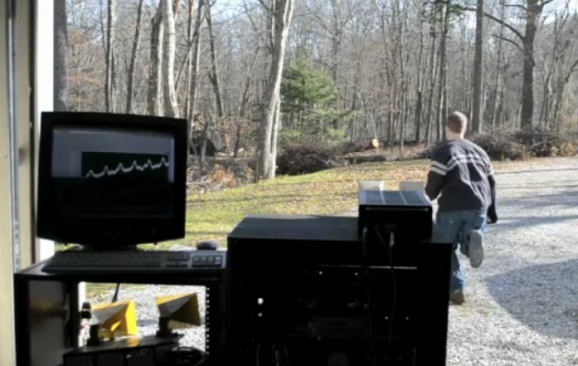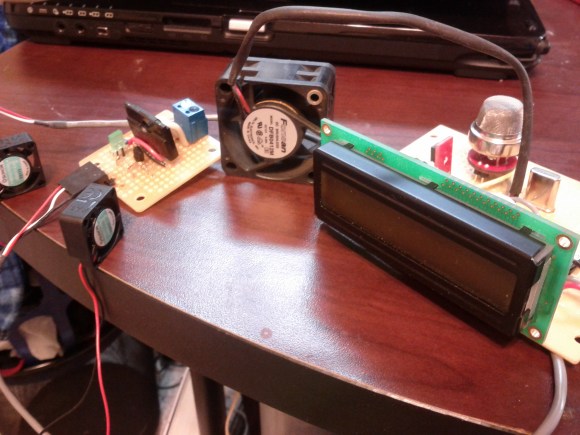
As part of a complete home theater setup [Andy] wanted to be able to control the lights from his couch. He started thinking about the best way to do this when he realized that his TV remote has buttons on it which he never uses. Those controls are meant for other components made by the same manufacturer as the TV. Since he doesn’t have that equipment on hand, he built his own IR receiver to switch the lights with those unused buttons.
He monitors and IR receiver using an AVR microcontroller. It is powered from mains via the guts from a wall wart included in the build. Also rolled into the project is a solid state relay capable of switching the mains feed to the light circuit. [Andy] mentions that going with a solid state part mean you don’t get that clicking associated with a mechanical relay. An electrical box extension was used to give him more room for mounting the IR receiver and housing his DIY circuit board.
















